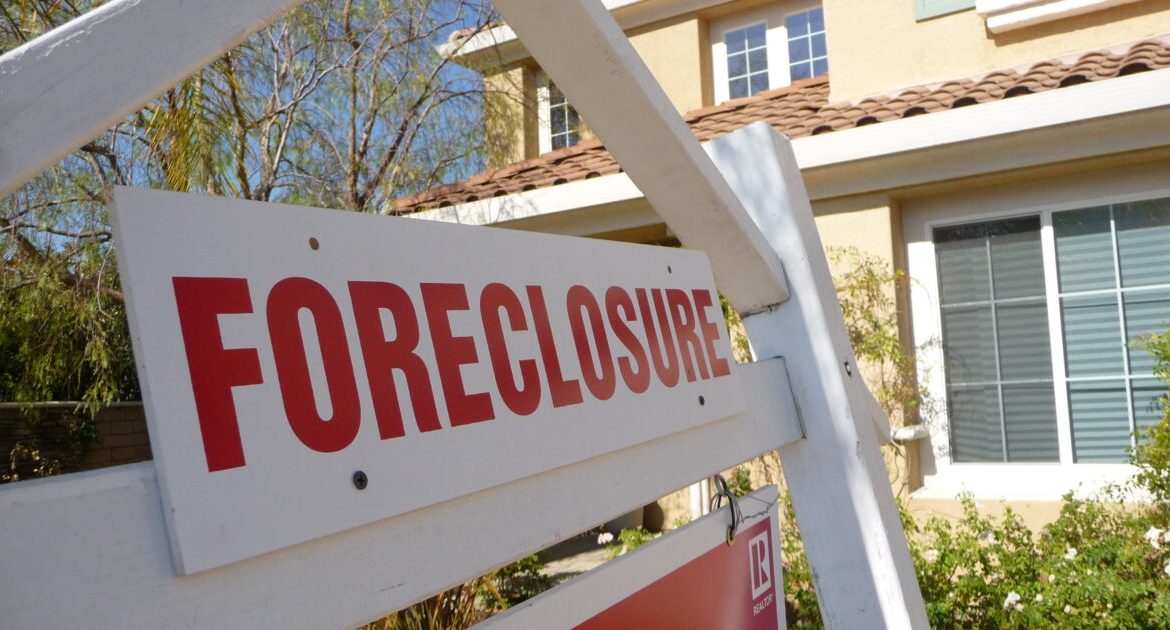
Trump: Government May Sell Fannie/Freddie Shares, Raise $30B, Cut $8T in Liabilities, Avert 2008-Style Financial Crisis


The Trump administration is weighing the sale of Fannie Mae and Freddie Mac shares in an offering that could begin as early as this year. Plans under discussion call for selling between 5% and 15% of their stock, with the two government-controlled mortgage giants valued at more than $500 billion. The transaction could raise around $30 billion, potentially making it the largest IPO in history.
In recent weeks, the CEOs of Morgan Stanley, JPMorgan Chase, Goldman Sachs, Citigroup, Wells Fargo, and Bank of America met with President Trump in Washington to discuss the proposal. Trump confirmed that he is “working on” taking Fannie and Freddie public and stated that the government would maintain oversight even if their conservatorship ends. He also pledged that the “U.S. Government will keep its implicit GUARANTEES” to both institutions.
Fannie Mae and Freddie Mac play a central role in the U.S. housing finance system. They purchase home loans from lenders, either holding them in their own portfolios or packaging them into mortgage-backed securities (MBS) that are sold to investors. By guaranteeing the timely payment of principal and interest on these securities, they make MBS more attractive to buyers.
This process channels new funds back to lenders, enabling them to issue more mortgages and helping keep mortgage credit available for homebuyers, apartment investors, and other property purchasers. Together, the two companies support roughly 70% of the U.S. mortgage market.
Fannie Mae was founded in 1938 during the Great Depression as a government agency to make home loans more accessible, later becoming a private entity in 1968. Freddie Mac was created in 1970 as a private company through an act of Congress. Both suffered massive losses during the 2008 financial crisis and were placed under the control of the Federal Housing Finance Agency (FHFA) when they became illiquid.
The U.S. government took an 80% ownership stake through senior preferred stock warrants and received preferred shares in exchange for bailout funds, which have generated hundreds of billions in dividends over the years. By late 2012, both had returned to profitability, and since 2013 they have paid the Treasury about $301 billion.
Trump sought to privatize Fannie and Freddie in 2019 during his first term, but the plan stalled due to its complexity.
Hedge fund manager Bill Ackman, through Pershing Square Capital Management, is the largest private shareholder of Fannie Mae, holding over 115 million shares worth more than $1.2 billion, and about 220 million shares in Fannie and Freddie combined. He estimates that a successful privatization could yield roughly $300 billion in profits for the U.S. Treasury and remove about $8 trillion in liabilities from the government’s balance sheet.
His projection assumes the Treasury exercises its warrants, equal to 80% of the companies’ common stock, valued at $193 billion, and gradually sells its stake over five years after the IPOs, expected in 2026.
Ackman assumes a value at about $34 per share, with IPO pricing at $31 to reflect a 10% discount, and expects the government to benefit as share prices rise over time. The $8 trillion figure refers to the removal of mortgage-backed securities and related debt from contingent liability calculations, though some analysts note these obligations are not formally counted as U.S. liabilities, making the claim somewhat misleading.
The entire projection depends on Fannie and Freddie’s shares trading near $31–$34 after privatization, a nearly 700% increase from current levels, which remains speculative and contingent on the process being completed successfully.
Greg McBride, chief financial analyst at Bankrate.com, views this as “an opportunity to monetize the government’s stake in both entities, providing a much-needed influx of cash at a time of $2 trillion annual deficits.”
Mark Zandi, chief economist at Moody’s Analytics, estimates that without government backing, mortgage rates could rise by 60 to 90 basis points, adding $1,800 to $2,800 annually for a typical new mortgage. Without the federal guarantee, Fannie Mae and Freddie Mac would likely lose their triple-A credit rating, face higher borrowing costs, and pass those costs to borrowers.
Supporters of privatization argue this increase reflects true market pricing based on borrower creditworthiness rather than an arbitrary burden, restoring rates to levels absent government interference.
Research shows that federal guarantees created moral hazard by encouraging risky lending practices, such as no-documentation loans and adjustable-rate mortgages—while removing market discipline. Many economists view the 2008 financial crisis not as a market failure but as the result of government manipulation of interest rates and credit expansion.
The GSEs amplified risks by purchasing and guaranteeing risky loans in pursuit of profits and market share. Congressional Budget Office analysis suggests that privatization would remove these incentives, force proper risk assessment, and allow honest price discovery, preventing future crises by eliminating the distortions caused by federal guarantees.
The 2008 financial crisis exposed fundamental flaws in the government-sponsored enterprise model. GSE securities were sold worldwide as having implicit U.S. government backing, leading investors to underestimate risk. Treasury Secretary Timothy Geithner called the GSEs “entirely moral hazard,” noting their singular exposure to residential real estate and incentives created by perceived guarantees. Conservatorship reinforced, rather than resolved, this problem by confirming federal backing.
Analysts argue that full privatization without guarantees could reduce systemic risk by removing moral hazard, forcing Fannie Mae and Freddie Mac to operate responsibly with the understanding that reckless behavior would lead to insolvency, not taxpayer rescue. Yet, without guarantees, investors would demand higher returns, likely pushing mortgage rates up.
Trump’s proposal could mark a historic privatization, potentially raising $30 billion for the government, but its success will depend on how the transition is structured and whether some form of guarantee is retained to maintain confidence in the $13 trillion mortgage market.
The post Trump: Government May Sell Fannie/Freddie Shares, Raise $30B, Cut $8T in Liabilities, Avert 2008-Style Financial Crisis appeared first on The Gateway Pundit.
